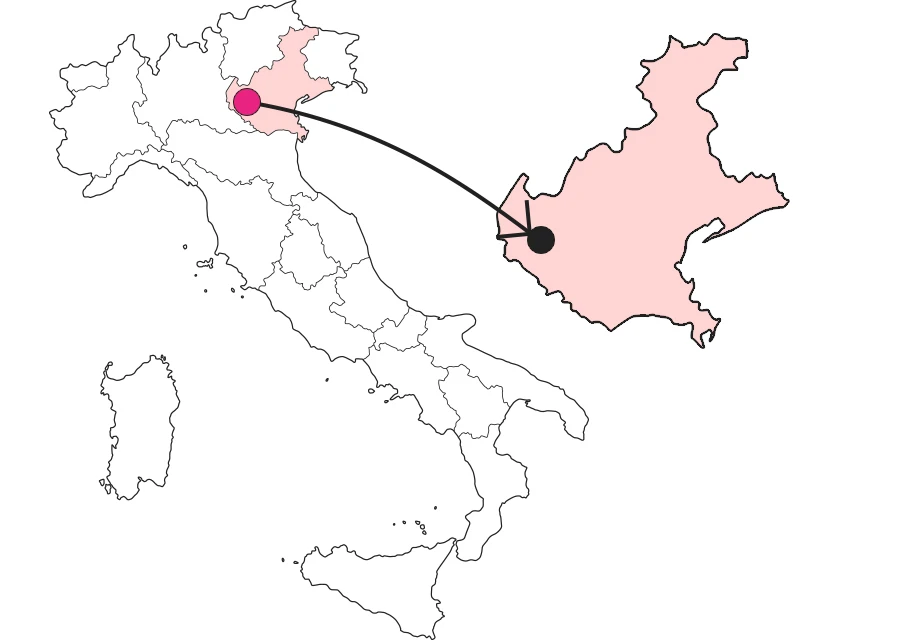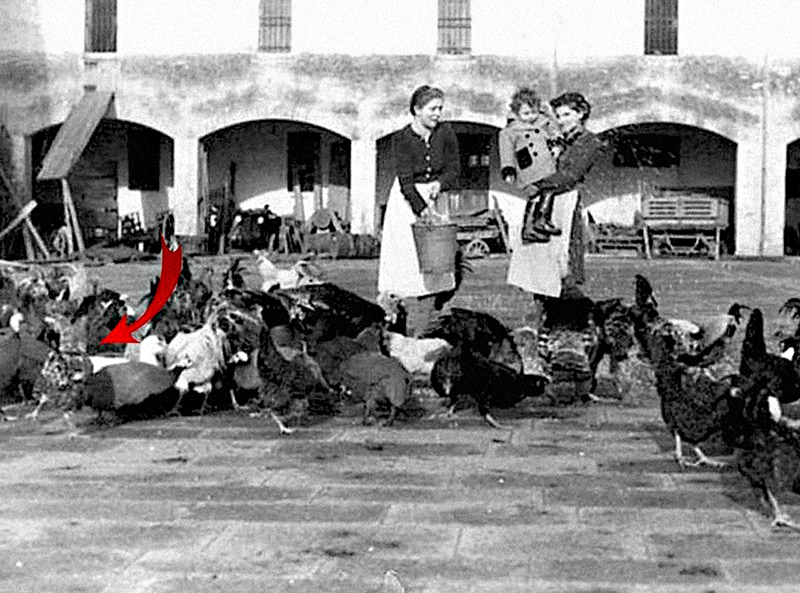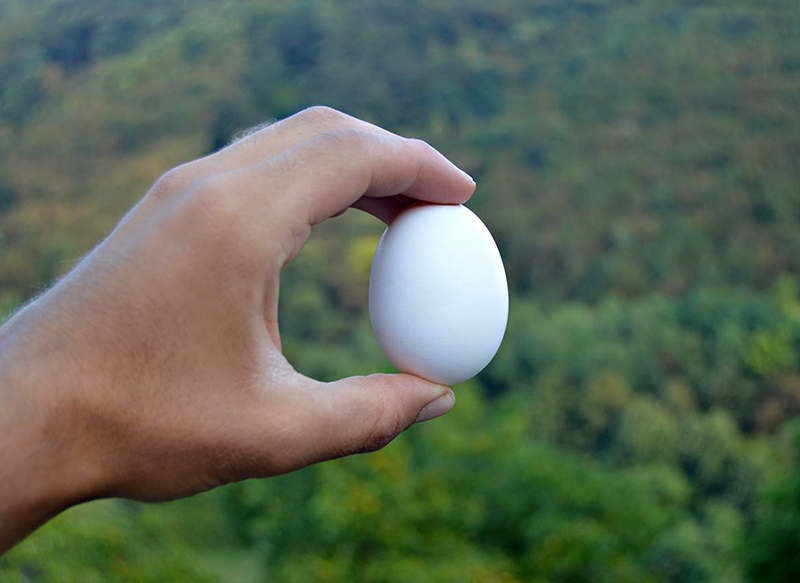

Cucca Veneta Hen
An ancient race, a grave danger, and a mission to fulfill


Where is

The Cucca Veneta is an ancient breed of hen that was present throughout the Veneto and Lessinia regions, bred since the 1800s. Today it is at risk of extinction, supplanted by more productive American breeds. This breed of hen has sparrowhawk-colored plumage, gray in males and black-white in females. Like almost all ancient hen breeds, it is dual-purpose, thus suitable for both egg production (about 160 per year) and meat production. Its distinguishing features are: white earlobes, black spots on the beak, yellow skin, a crest that folds over in females, and a white-colored egg. They reach a weight of 2-2.2 kg the females and 3 kg the males. It is Italo Mazzon, in his book Pollicoltura Padovana (1934), who describes it in these terms. It was also bred by the Padua Provincial Poultry Farm. The Cucca began to disappear in the 1950s, supplanted by more productive commercial crosses introduced at the end of World War II.
 Cucca hen in a photo from the early 1900s
Cucca hen in a photo from the early 1900sA part of us
Can it be said that there is an almost emotional bond with these hens? Just think, they were the ones raised by our grandparents and great-grandparents. Now, however, there remains one last bloodline consisting of only a few head. It was almost by chance that a few years ago I began raising them, retrieving three chicks from a gentleman in the Verona area who had been keeping them for a very long time. In recent years I have managed to increase its number to about 20 animals. For me it is a special breed, not only because it was the first one I began to breed, but also because it is linked to the history of our area: when I see it scratch around in the courtyard of our house, it feels like going back in time. Not to mention that she elicits sympathy, starting with her name: the Cucca Veneta! But it has been called in many different ways depending on the locality: Cuccola, Capparola, Vara, Cenere, Grisa, Bisa. What's more, it is a very hardy breed that never gets sick, tempered by the marginal and harsh territories such as those in the mountains!
 Cucca veneta egg
Cucca veneta eggMy mission
I find it my duty to repopulate this ancient breed so that we do not lose a piece of our territory's history. My goal is to increase the number of heads by creating a small free-range herd. And once I reach a certain stability of the breed, I can begin to spread it throughout the territory!
Enter the Map of Italy's Undiscovered Wonders and find treasures where you least expect it... Inspire, Recommend, Share...
Collections
The Map thanks:
Enter the Map of Italy's Undiscovered Wonders and find treasures where you least expect it... Inspire, Recommend, Share...
Where is

Collections


